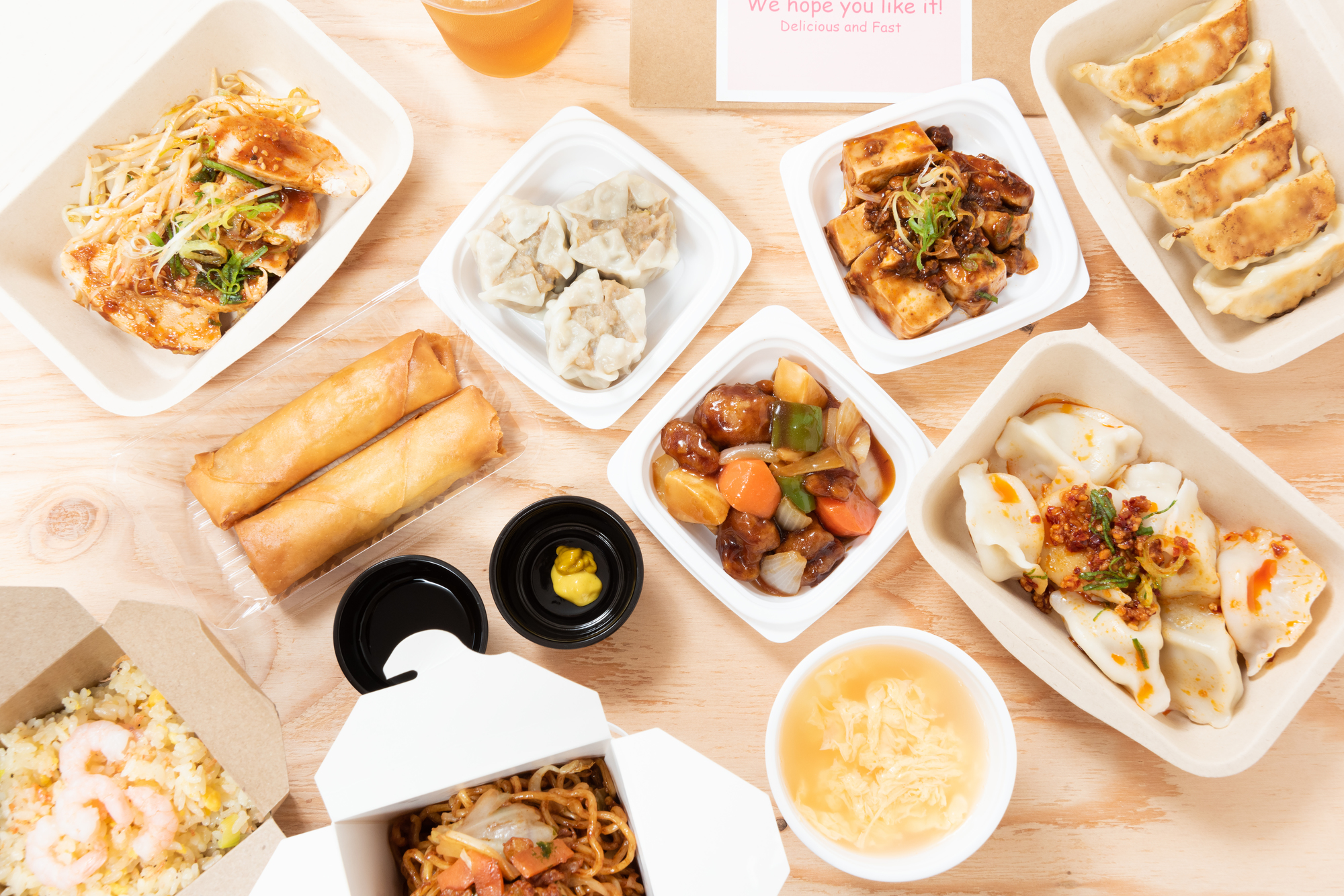Delayed government reports, fewer dollars in the pockets of furloughed government workers and overall economic skittishness caused by uncertainty could upend much of the food and beverage industry if the government shutdown is lengthy.
Democrats and Republicans failed to fund the government before the fiscal year ended Oct. 1 and among the first casualties were government workers deemed non-essential, some 750,000 people, which translates to 23% of the federal government’s workforce. In communities heavily dependent on the government for jobs, that means a sizeable number of people out of work – at least temporarily.
Goldman Sachs said the current shutdown differs from those in the past since there is no sign of negotiations. President Trump has threatened to fire furloughed employees, and Goldman analysts predicted the shutdown could push the unemployment rate up as much as 0.2 percentage points.
Customs Chaos Disrupts Logistics
On a more esoteric level, the government will now be producing fewer statistics on which analysts can base decisions.
“All food manufacturing facilities are subject to USDA or [Food and Drug Administration] inspections,” Stephen Dombroski, director of consumer markets at QAD, told The Food Institute. “Depending on the type of facility, there may be inspectors stationed at a plant every day of the week. Some have rotating schedules and come on a routine basis.
“A government shutdown could reduce or eliminate inspector presence. This would cause serious delays in delivering products.”
After all, Dombroski noted, products would not have the clearance to ship under a lengthy government shutdown – yet another factor leading to customer service issues. In addition, if the products in question have short shelf lives, inventory problems could arise due to expired materials.
To further complicate matters, Dombroski noted, a prolonged shutdown could have a severe impact on supply chains starting at ports and harbors.
“These facilities may have reduced staff, which could delay inspections, customs clearances, and the movement of goods. All of these issues can contribute to inventory shortages and increased lead times,” Dombroski said.
Strained Supply Chains and Strategies
Lou Biscotti, managing director at CBIZ, said much will depend on the length of the shutdown.
“Regulatory agencies will delay approvals, permits or inspections because they must handle emergencies like recalls or other food safety issues,” Biscotti said. “This will make them unavailable for routine inspections and approvals. It could also delay the launch of new products since that often requires approval from government regulators.
“Essential published data, such as the Bureau of Labor Statistics Report, will also face delays or may be completely omitted. Not having that data can leave regulators unsure of what steps to take next.”
The FDA’s plans to reform safety designations for food ingredients and additives could be delayed as a result of the shutdown, making it more difficult for companies to do any strategic planning for new products.
“Similarly, companies with significant exposure to agricultural commodities are likely facing challenges,” said Paul Bradley, senior director of product marketing at TraceGains.
“The fall harvest season is a painful time for this to happen, as USDA report data is an important planning resource that seems likely to be impacted.”
“Again, more factors making it difficult for companies to plan effectively looking into 2026 and beyond,” Bradley added.
The potential impact on the Securities and Exchange Commission also shouldn’t be dismissed, with as much as 90% of SEC employees facing furlough.
“M&A and consolidation have been major trends in F&B in recent years, so while not all potential deals fall under SEC purview, this presents yet another source of friction,” Bradley said.











